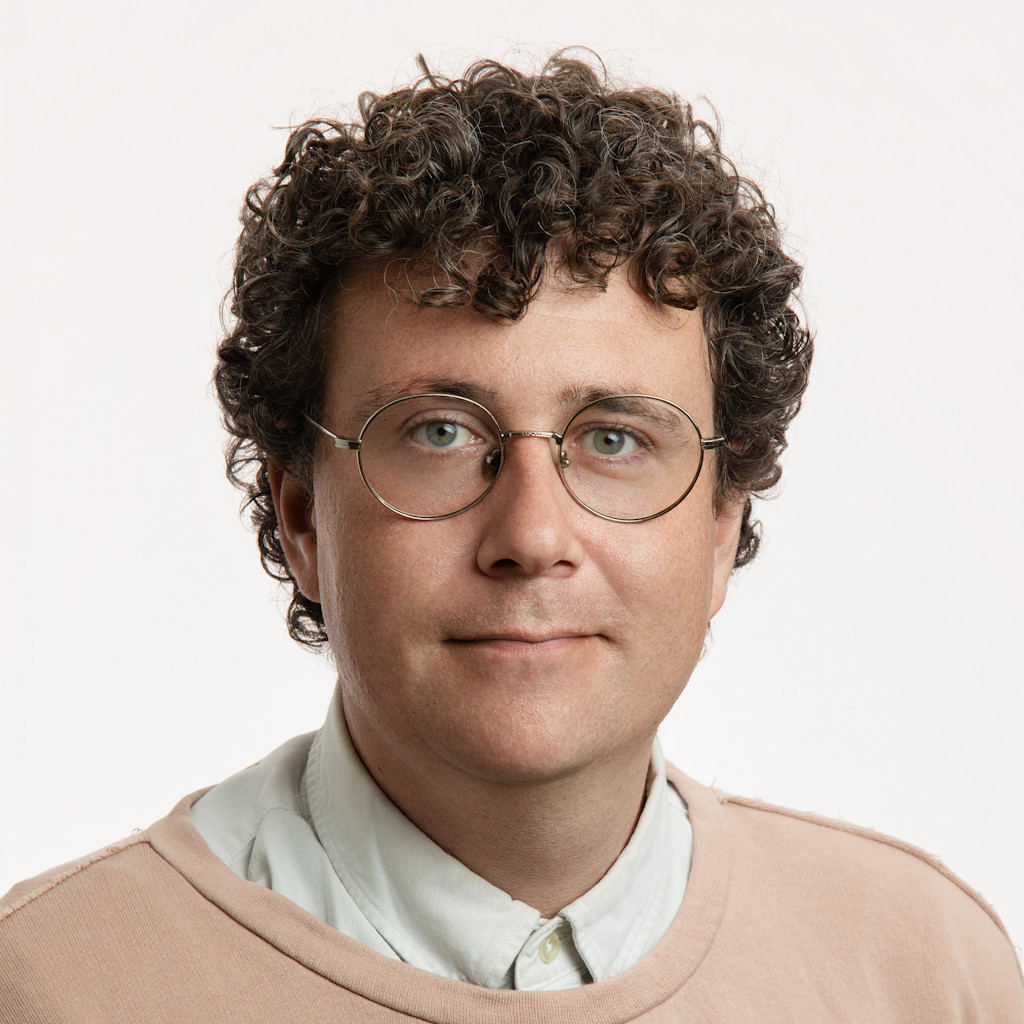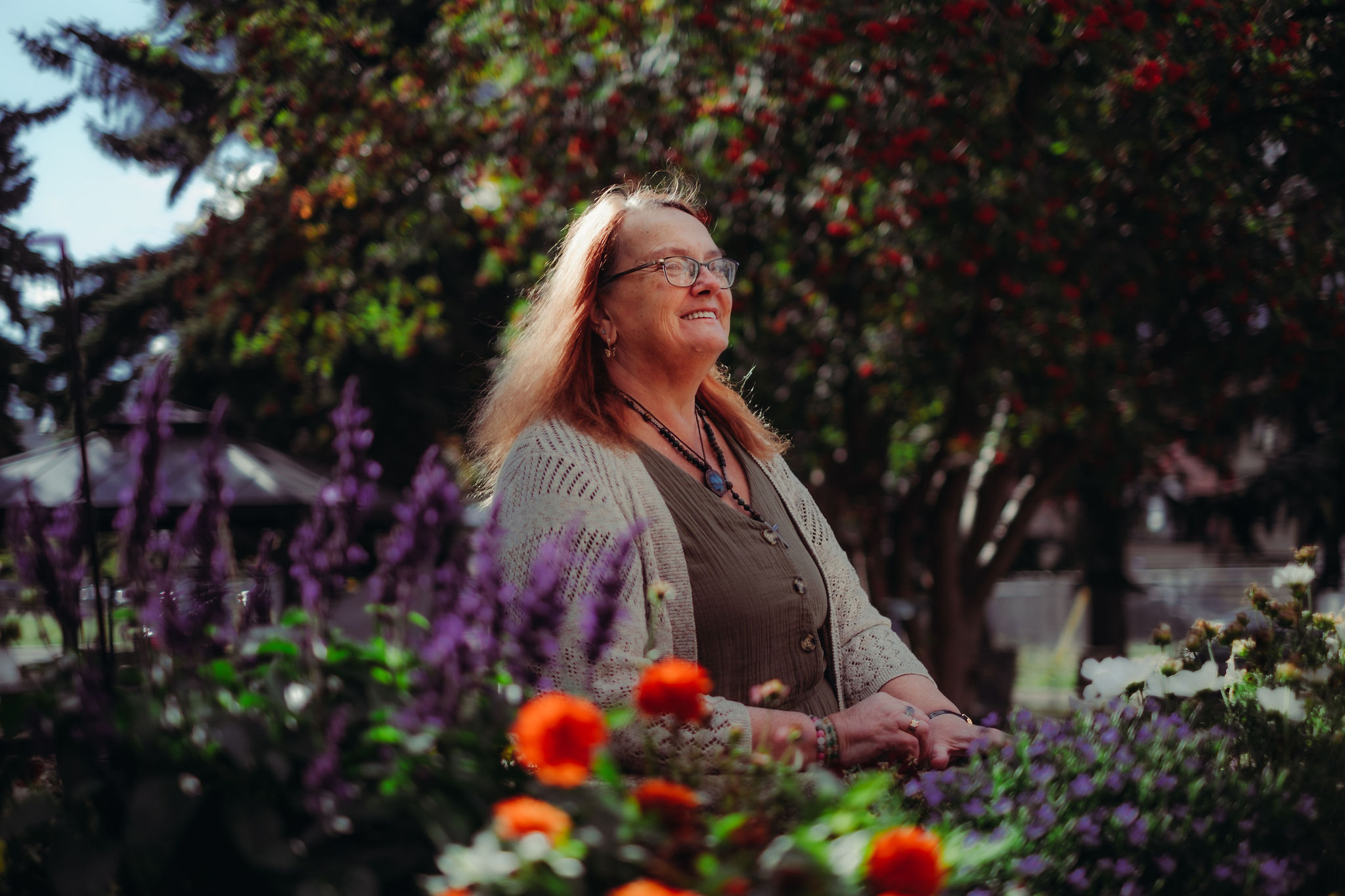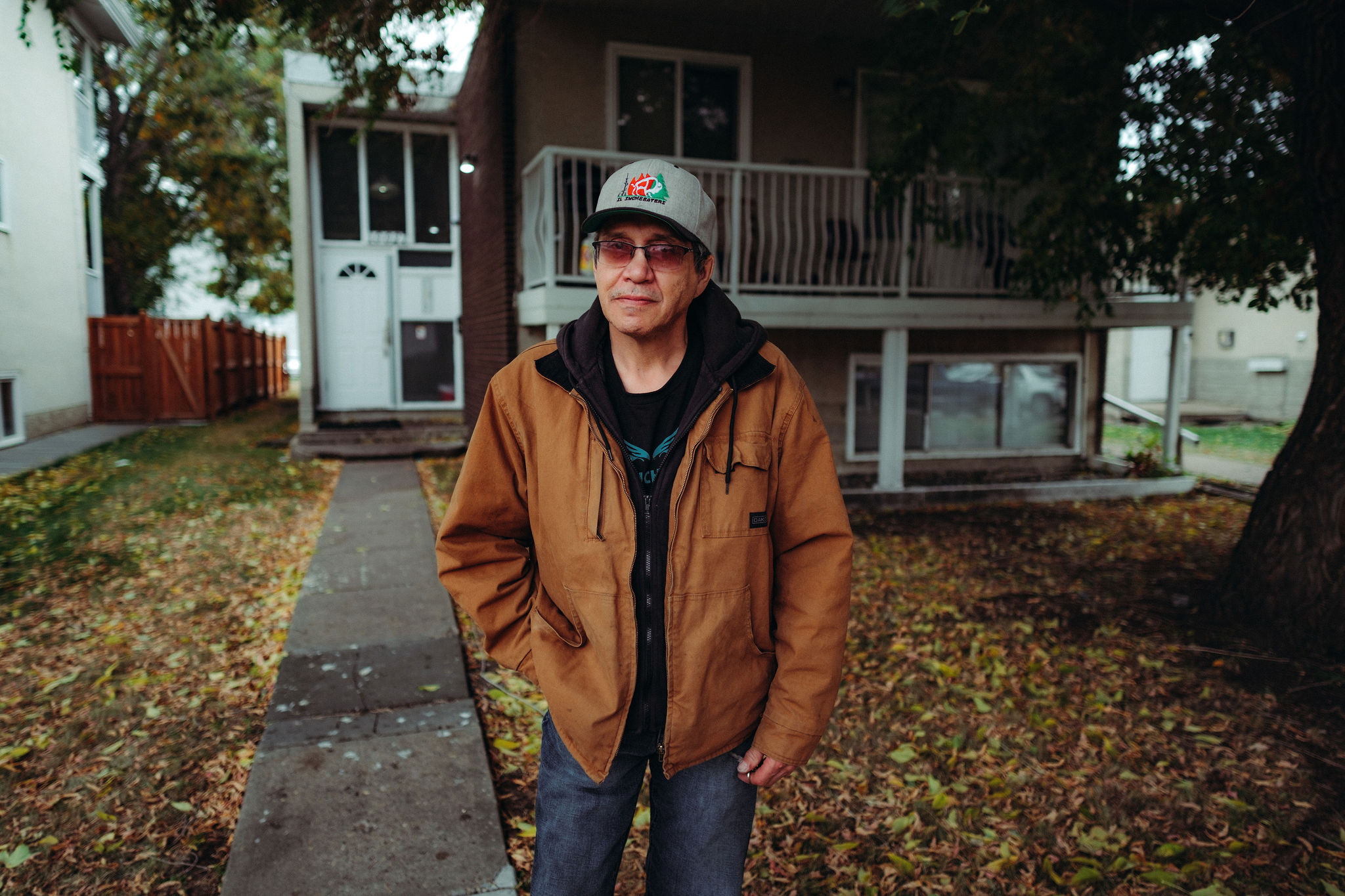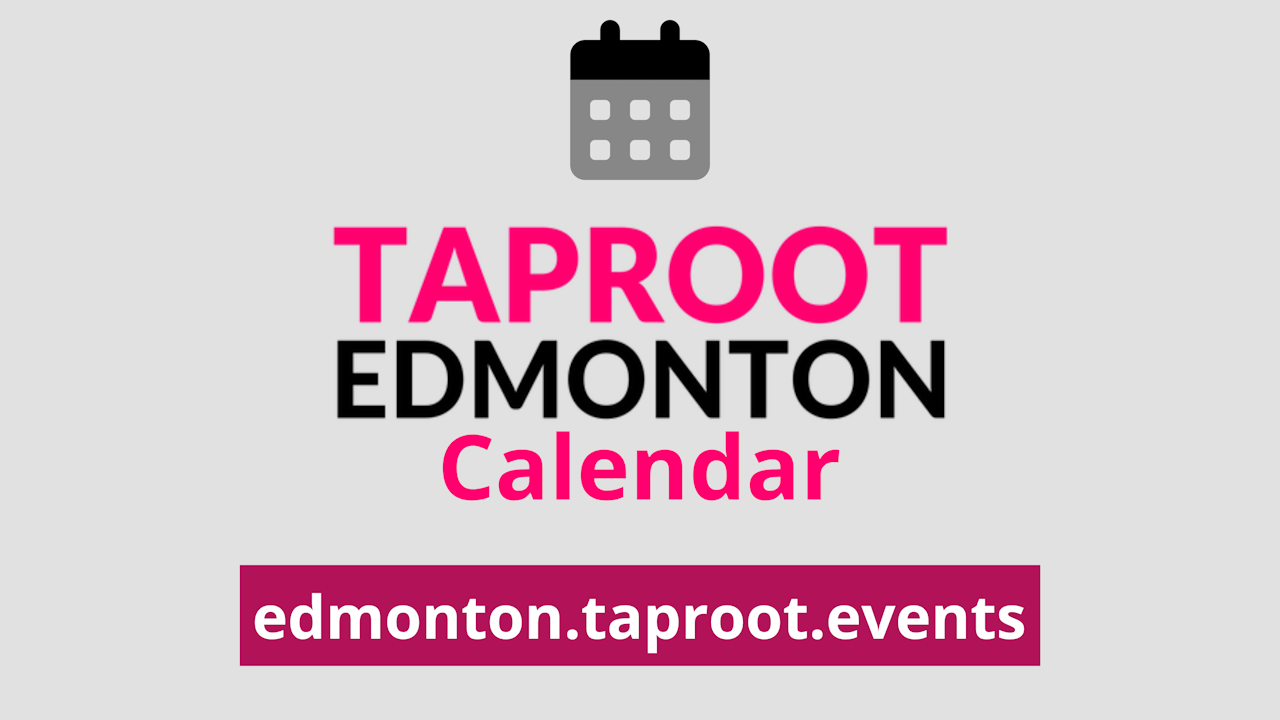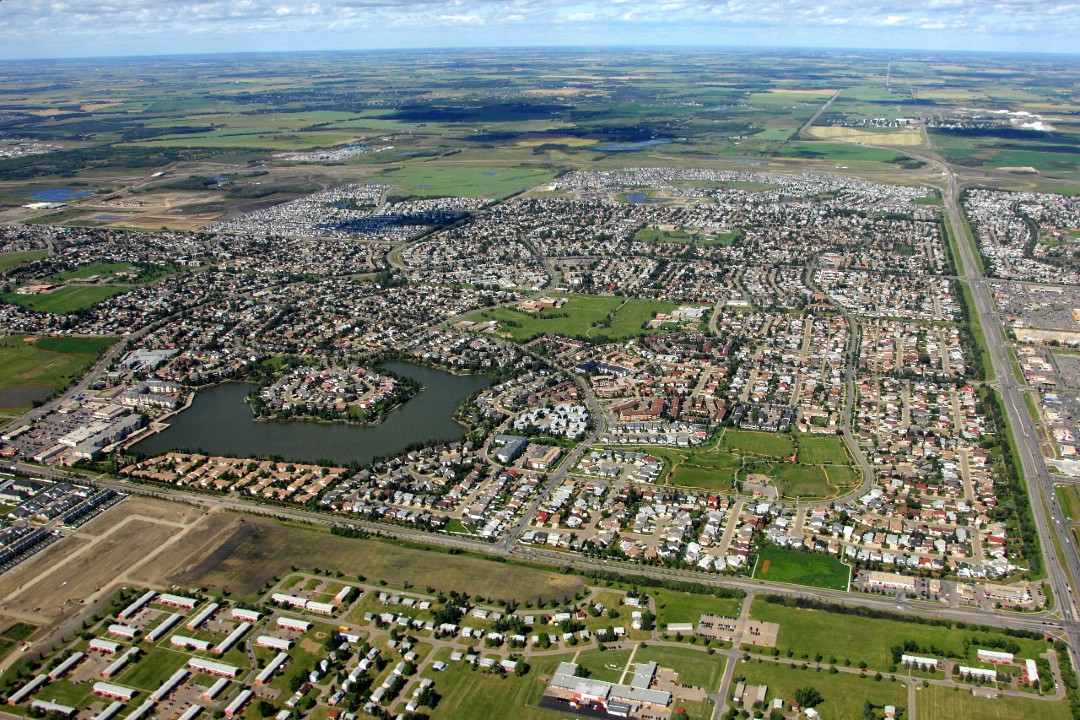
How should Edmonton grow to make housing more accessible?
With the next municipal election less than one year away, Edmonton is reckoning with an expected population of two million by as early as 2060 and a need to create housing to meet this demand. But how should Edmonton build to respond while keeping housing anywhere close to financially accessible? Out or in?
Growing out means sprawl, a practice of developing housing on undeveloped land at the edge of a city rather than adding it to existing areas. Sprawl has long offered Canadian home buyers the promise of driving until you qualify, meaning trading a longer car commute for a lower sale price.
"How far out can you go to find a house that you can qualify for a mortgage? That's essentially the idea, and generally, land on the outside of cities is less expensive than land in the centre of cities," Damian Collins, the leader of the Collins Lab for Urban Excellence, which is part of the Community Housing Canada research project at the University of Alberta, told Taproot. "So there's some truth to that."
Most Edmontonians live in housing located in a suburb that was once at or near the city's edge. Research shows that similar to Edmonton, 78.4% of Canadians are technically suburbanites. The Edmonton section of the Canadian Suburbs Atlas interactive map shows that the Edmonton region's more than 1.4 million residents live across different types of neighbourhoods, with 7.3% (102,882) living in the "active core," 12.1% (171,379) living in "transit suburbs," and the remaining 80% living in "auto suburbs" and "exurbs," which require a car to live comfortably.
Experts told Taproot there are trade-offs with how we build to meet future growth. Building housing through sprawl can lead to lower sticker prices for buyers but to higher living costs and higher overall property taxes. Growing through infill, conversely, can be more affordable overall, especially for taxpayers, but not all buyers will be satisfied — and sticker prices are often higher.
The City of Edmonton has shaped its planning to aim for half of new housing to be built inside the existing city, and half in greenfield sprawl.
Experts suggest getting the mix right is challenging.


